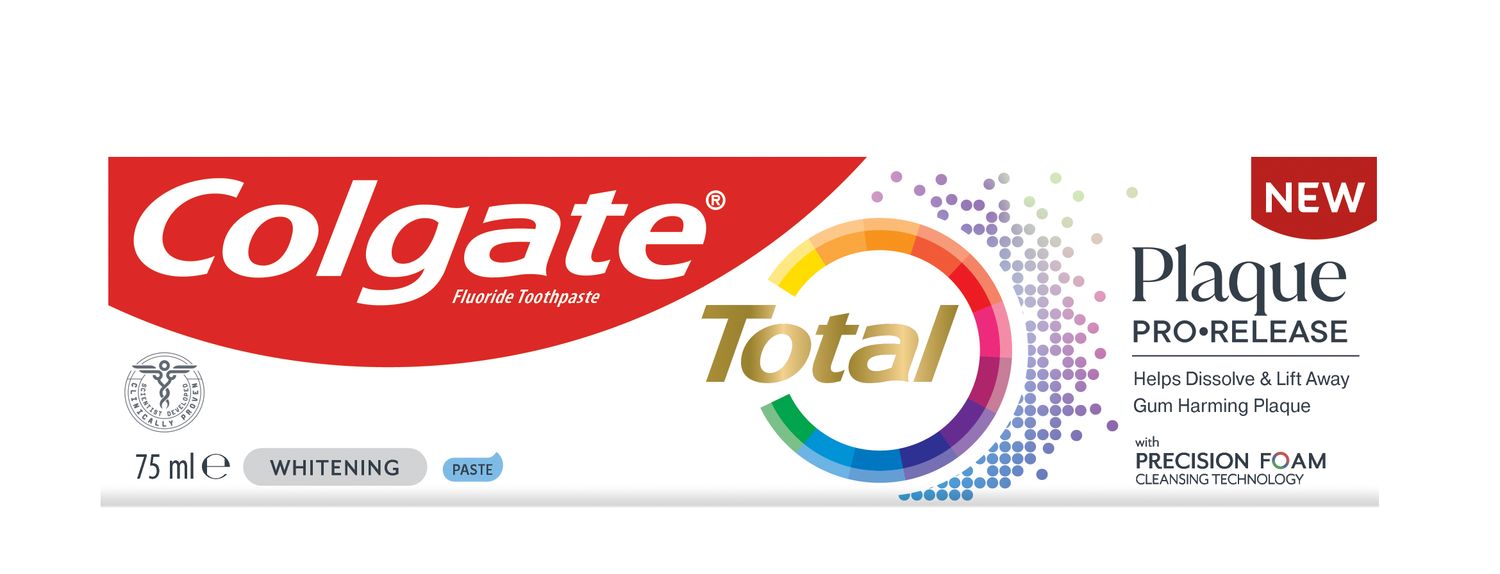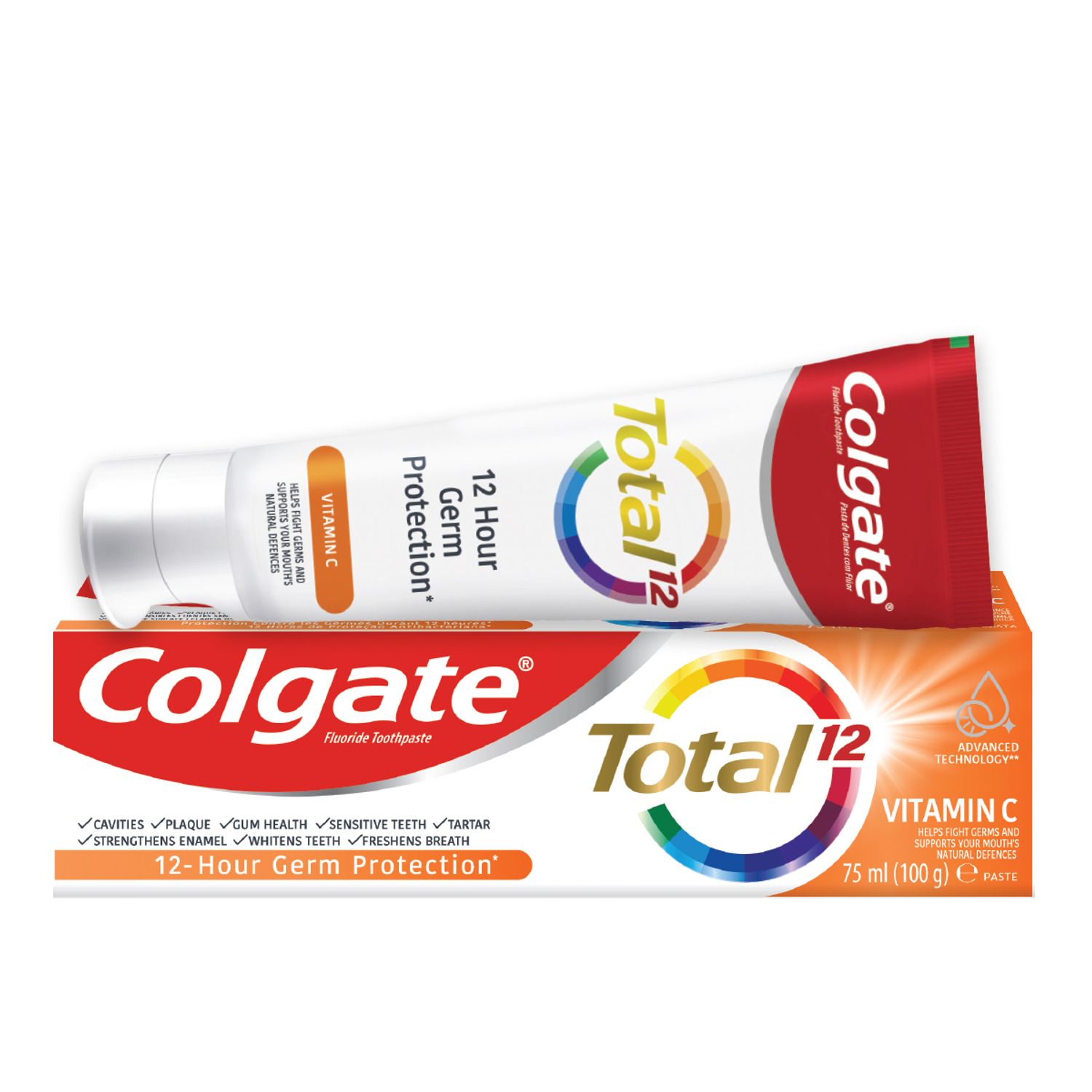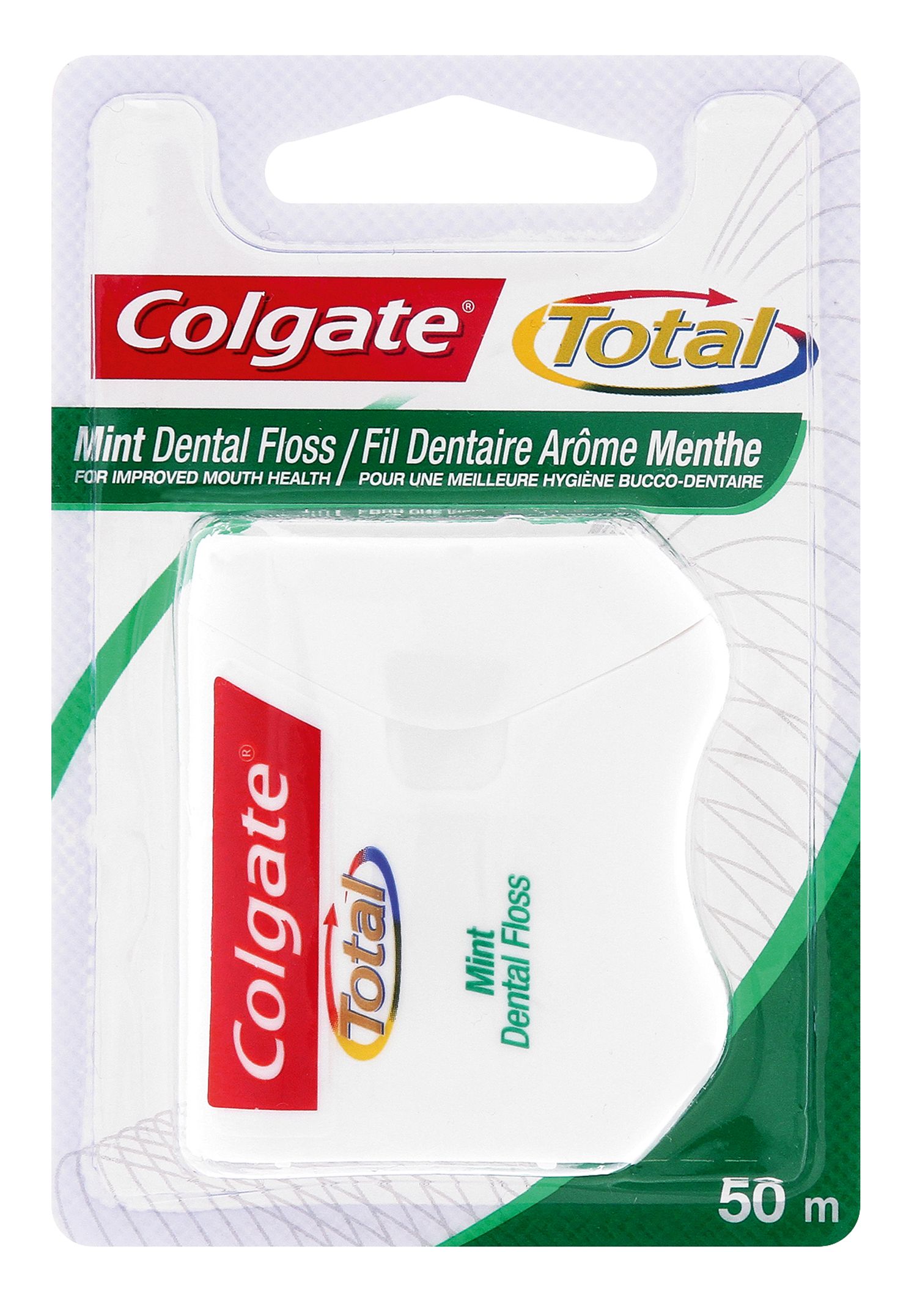-
-

CAVITIES
Can You Heal A Cavity At Home?You feel a sharp pain when you bite down or try to eat. You think it's a cavity, but you're not 100 percent sure...

BAD BREATH
How To Cure Bad BreathMore commonly known as bad breath, halitosis is an embarrassing hygiene issue that nobody wants, but some of us get every now and then...
-
Science & Innovation
- Colgate® | Toothpaste, Toothbrushes & Oral Care Resources
- Oral Health
- What Is Trigeminal Neuralgia?


Trigeminal neuralgia is a painful disorder affecting the trigeminal nerve, which runs through the face in the upper jaw area. Since its trademark spasms can be triggered by touching the face, some people first notice the symptoms when brushing their teeth and may mistake it for a dental problem. However, this condition requires help from a neurologist.
Life With Trigeminal Nerve Pain
Neuralgia of the trigeminal nerve triggers frequent attacks of shooting facial pain that may feel like a burn or an electric shock. According to the National Institute for Neurological Disorders and Stroke, an attack can last for a few seconds or up to two minutes, and can affect a person for an hour or more at a time.
A person with facial neuralgia may find daily life difficult. Eating and speaking can be affected, and even simple facial contact like shaving, flossing or applying makeup can trigger a wave of pain. The constant worry about the next episode may lead to depression and other mental health stressors, which are just as important to manage as the neuralgia itself.
What Causes Trigeminal Neuralgia?
The condition can be caused by a blood vessel or tumor pressing on the trigeminal nerve (also known as the cranial nerve V), an injury to the nerve from sinus surgery or head trauma, a stroke or a complication of multiple sclerosis.
This kind of neuralgia can affect people of any age, but it is most common in adults aged 50 or older, notes the Mayo Clinic. Besides mimicking the teeth or gum pain of a dental problem, it might surface as pain in the lips, nose, eyes or forehead.
Diagnosis and Treatment
A thorough medical workup and history is required to diagnose trigeminal neuralgia. Once you talk with your dentist and doctor about the problem, they may refer you to a neurologist, who may prescribe an MRI of the head or other imaging to confirm the problem and start creating a treatment plan.
Unfortunately, there is no single cure or treatment that is guaranteed to be effective for every individual. The University of Pittsburgh Medical Center notes that nonsurgical treatment is usually the first approach a doctor will take to manage the condition.
Since neuralgia is neuropathic (originating directly from the nerve), the pain associated with it does not respond to ordinary pain relievers or opioids. Anticonvulsants can often help minimise pain and attacks. A neurologist may also prescribe a muscle relaxant or other medication to help control facial "shocks".
Surgery and Other Options
Invasive procedures are used only after available medicinal options have been shown not to help a person manage the condition. In trigeminal neuralgia surgery, a neurosurgeon will either totally destroy the nerve or decompress it to relieve the pain and spasms.
The use of Botox, derived from the botulinum toxin, is being investigated as an additional non-surgical option on account of its potential to freeze facial muscles. Although this research is still ongoing, a small study published in the journal Medicine shows promising results.
If you have been diagnosed with trigeminal neuralgia, talk to your neurologist about the best options for managing your symptoms. You may also decide to meet with a counsellor to address the mental health concerns associated with the condition. No matter what your age or your stage in life, your treatment team can help you on your way to recovery.
Related Articles


Crooked teeth can have a variety of causes, from genetics, malnutrition and oral habits to dental disease and poor dental hygiene. Learn more here.

Learn about the kinds of mouth inflammation and how your dental professional can help prevent and treat mouth sores and redness.
Related Products

Helping dental professionals
More professionals across the world trust Colgate. Find resources, products, and information to give your patients a healthier future








